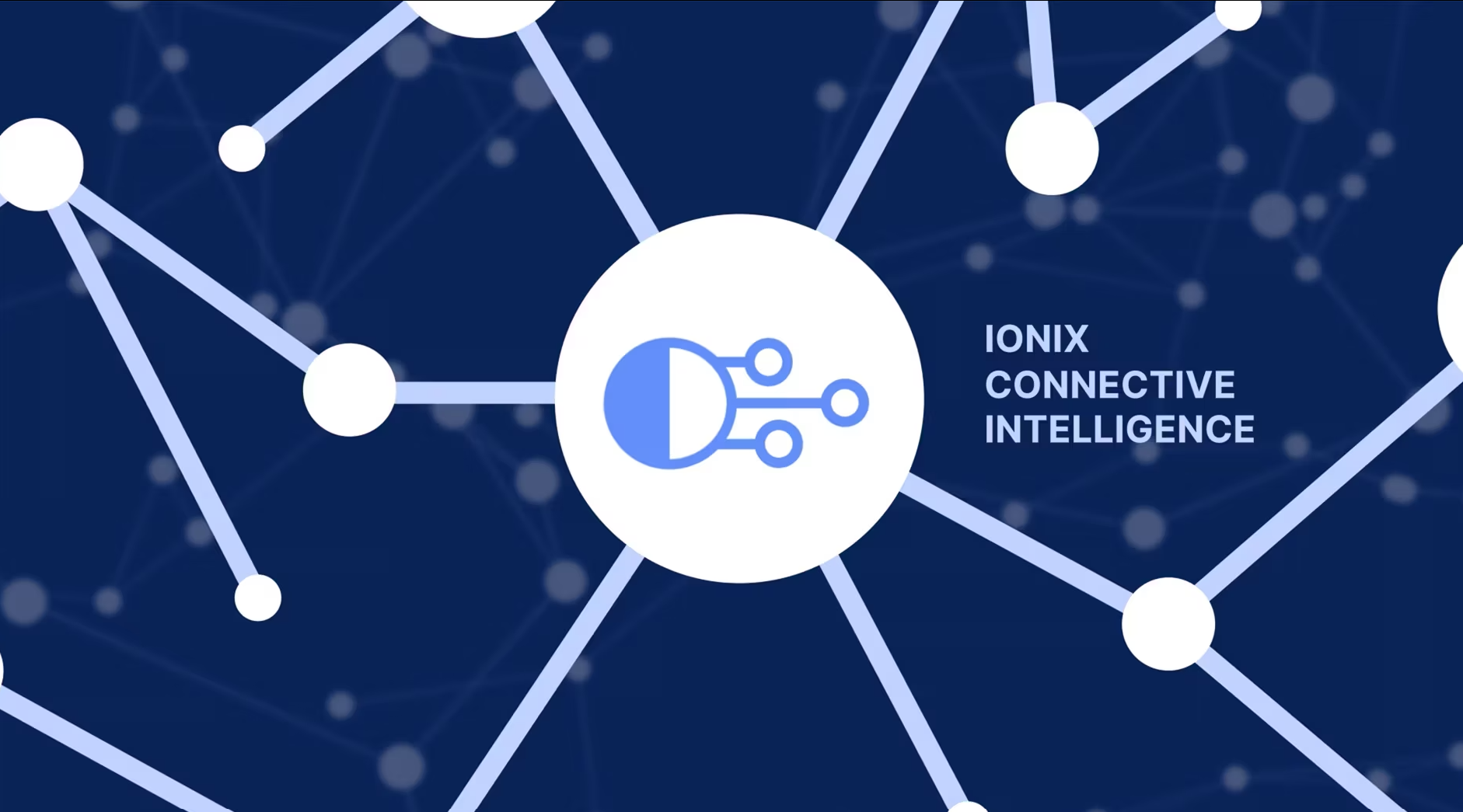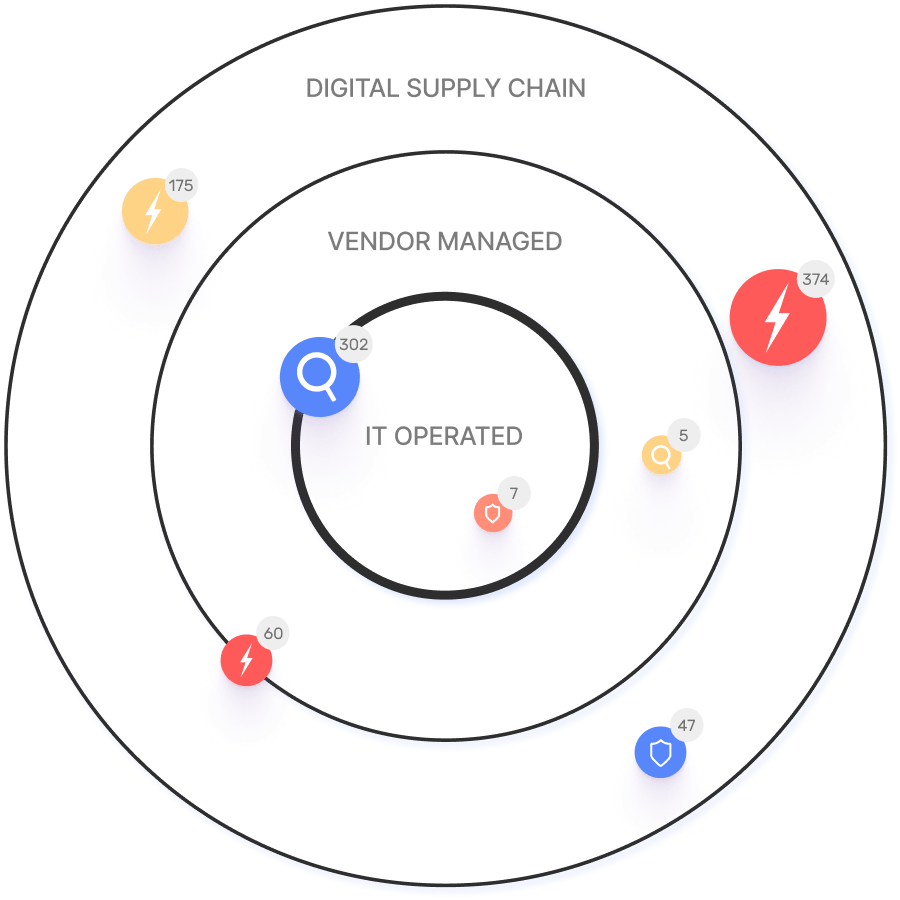Risk Assessment
Back To GlossaryNot only is a cybersecurity risk assessment an essential part of any security practice, but some organizations must also perform a risk assessment to meet regulatory compliance standards. These assessments point out security deficiencies, failures in best practices, and potential loopholes waiting for hackers to exploit. A risk assessment can vary in scope and purpose, but the broader, the better when it comes to cybersecurity.

